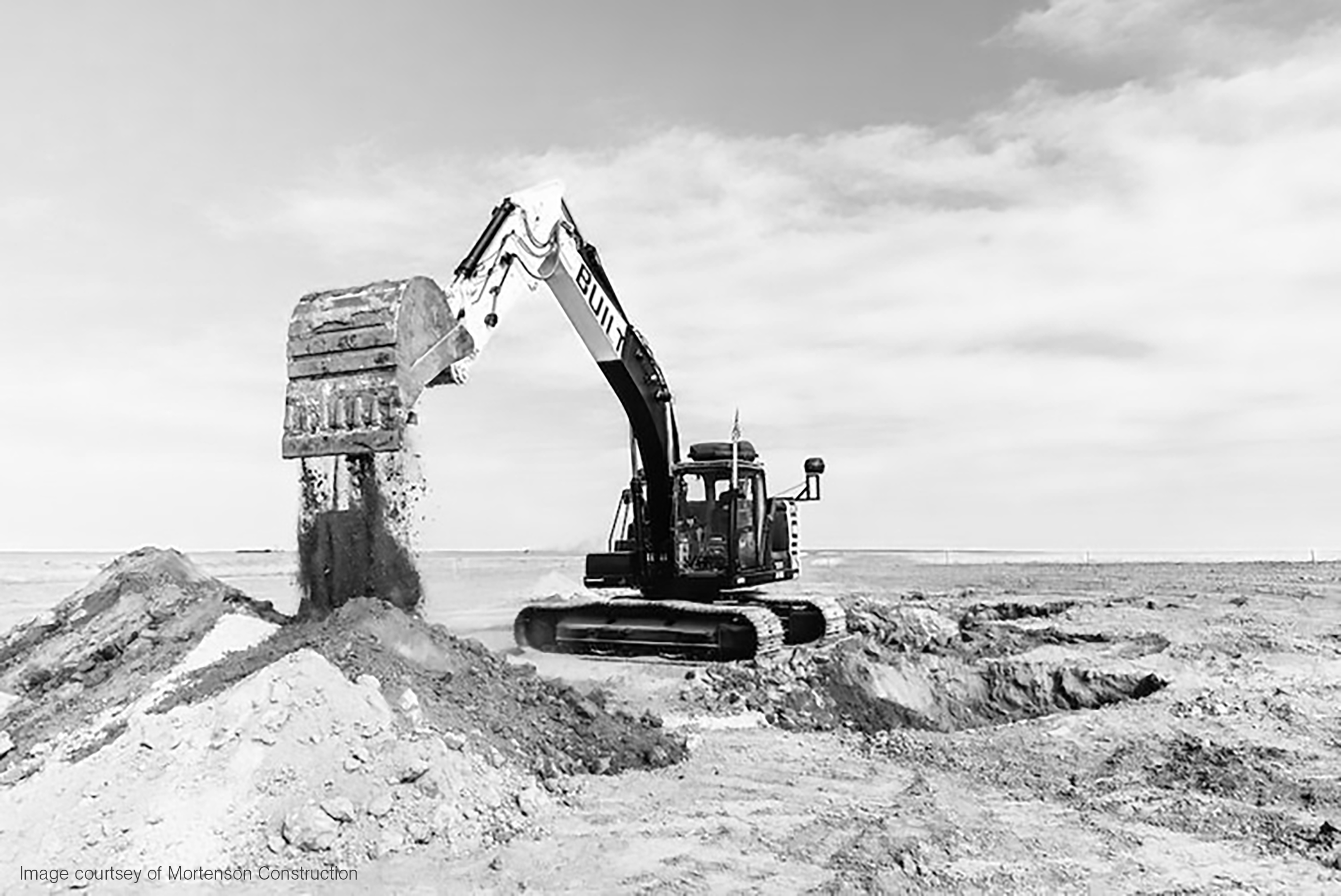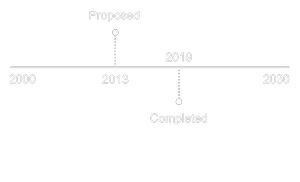
Location
Singapore

Stakeholders
Singapore Government
Operating as a hybrid of a robotics lab and construction company, Built Robotics develops heavy equipment machinery into fully-autonomous robots used for constructing wind farms, gas pipelines, new housing developments, and other critical infrastructure. Because ACVs can perform precise and repetitive tasks, such as excavating large objects at a faster rate and lower cost of safety, utilizing ACVs could optimize the capacity of production at an efficient cost (McSweeney, K). Rather than a complete replacement, though, ACVs could improve labor efficiency by focusing on dangerous tasks while skilled human operators work on more complex tasks. This might then reduce construction footprint as less workers are on site.
As ACVs dynamically navigate construction sites more efficiently and the need for on-site human workers reduces, land currently reserved for construction and other industrial sites could be repurposed into other developments, including bigger or more efficient buildings. This, coupled with a less negative impact on citizens, businesses and the environment could lead to greater mixed-use development. In addition, zoning laws could be less restrictive. While current zoning laws separate industrial zones from commercial zones and residential zones, primarily due to the negative environmental impacts and noise of industrial work, the reduced negative externalities from ACVs, thus, could allow more integrated surroundings across industrial, commercial and residential areas.
The pathway to implementing ACVs will likely be easier than with self-driving cars. Unlike self-driving cars, which run on public roads where other cars and pedestrians are in proximity, construction sites at present are strictly closed to public traffic and pedestrians (McSweeney, K) . Hence, risk factors for testing and implementation are reduced, allowing for an easier process of AV adaptation (Giarratana, C). Regardless of urban sprawl or natural densification, rising demand for housing correlates to an increased demand for construction. This, in turn, might perpetuate the incentive to adopt ACVs and spur new housing developments.
Year

